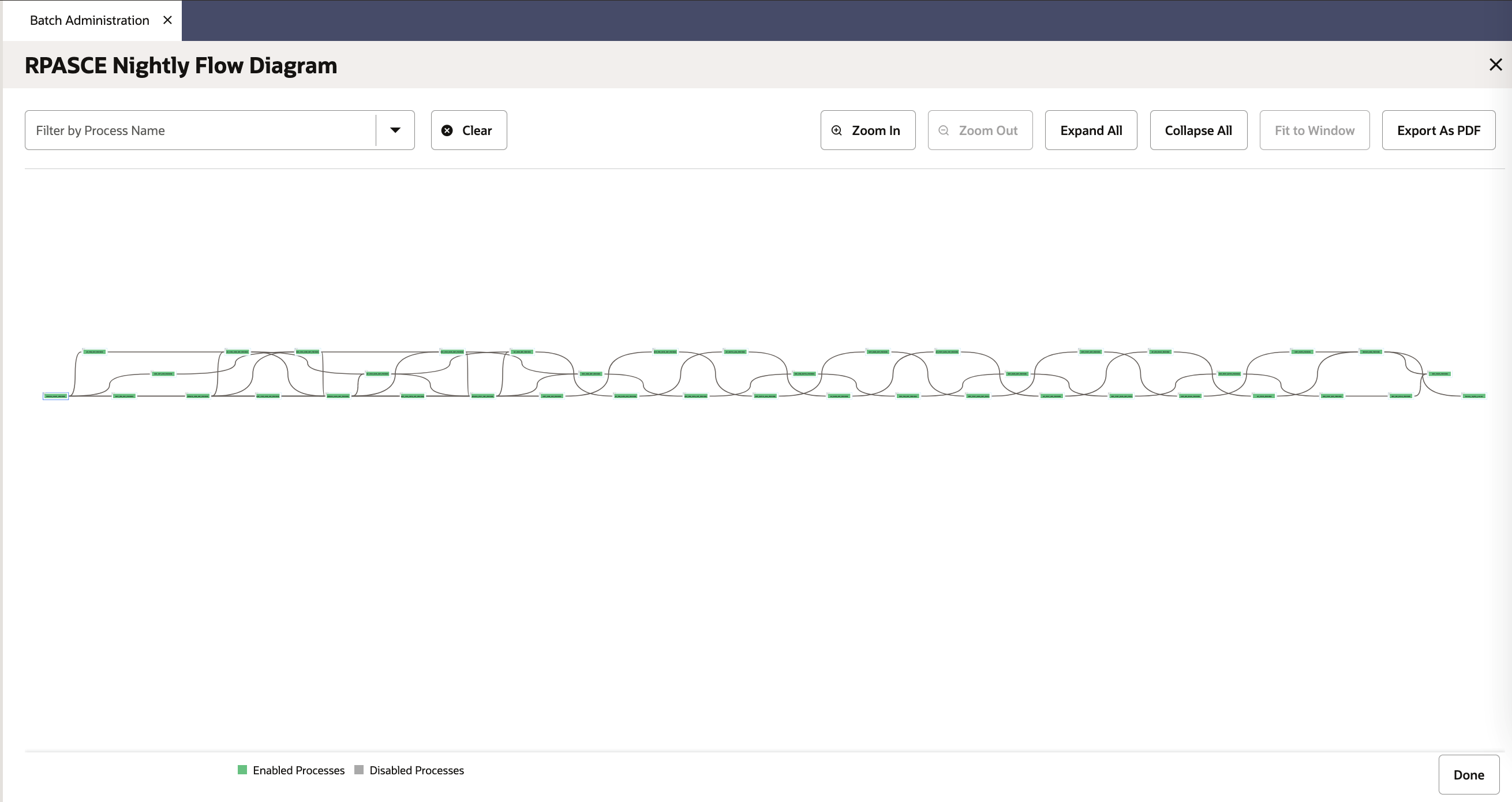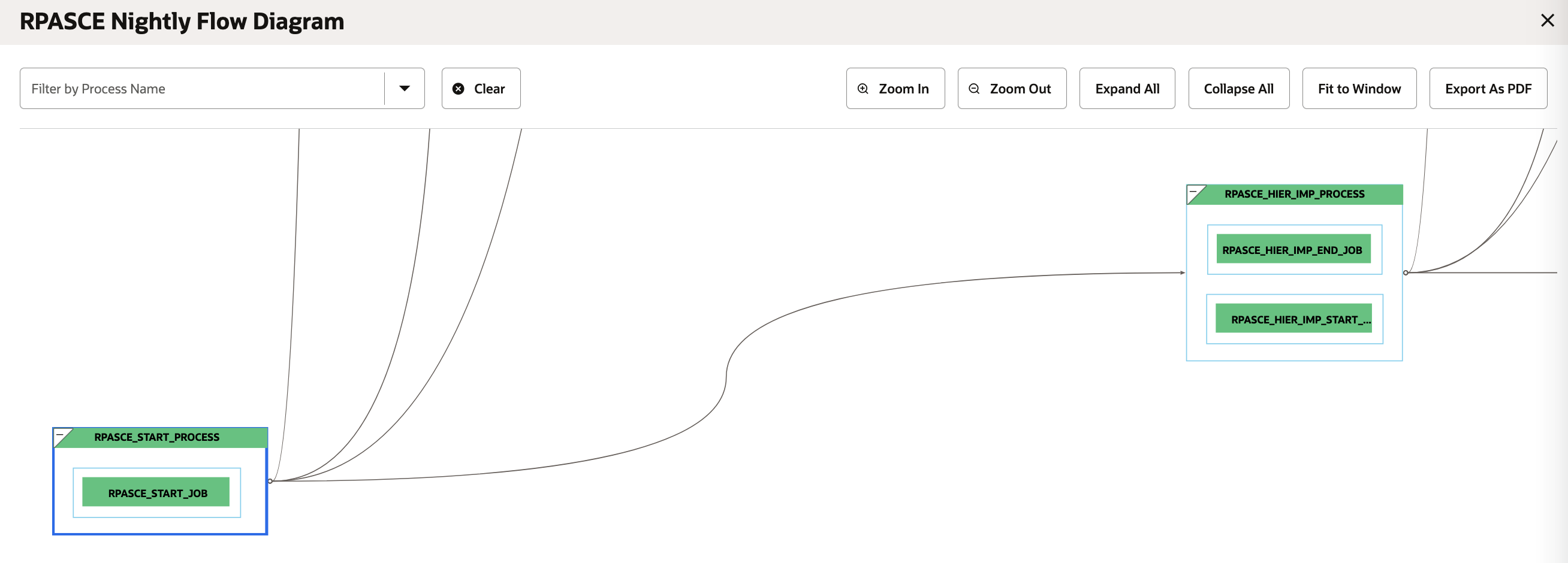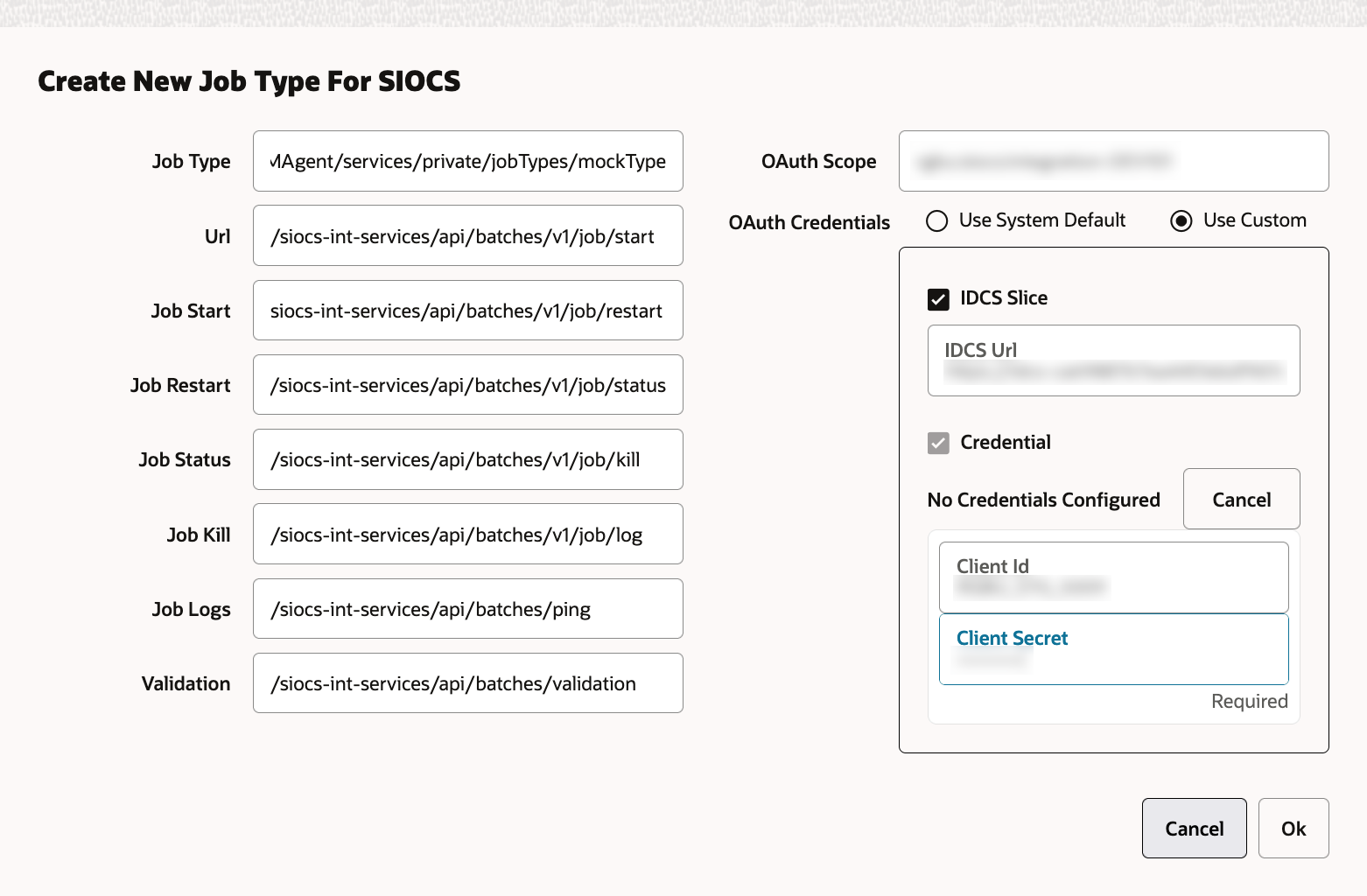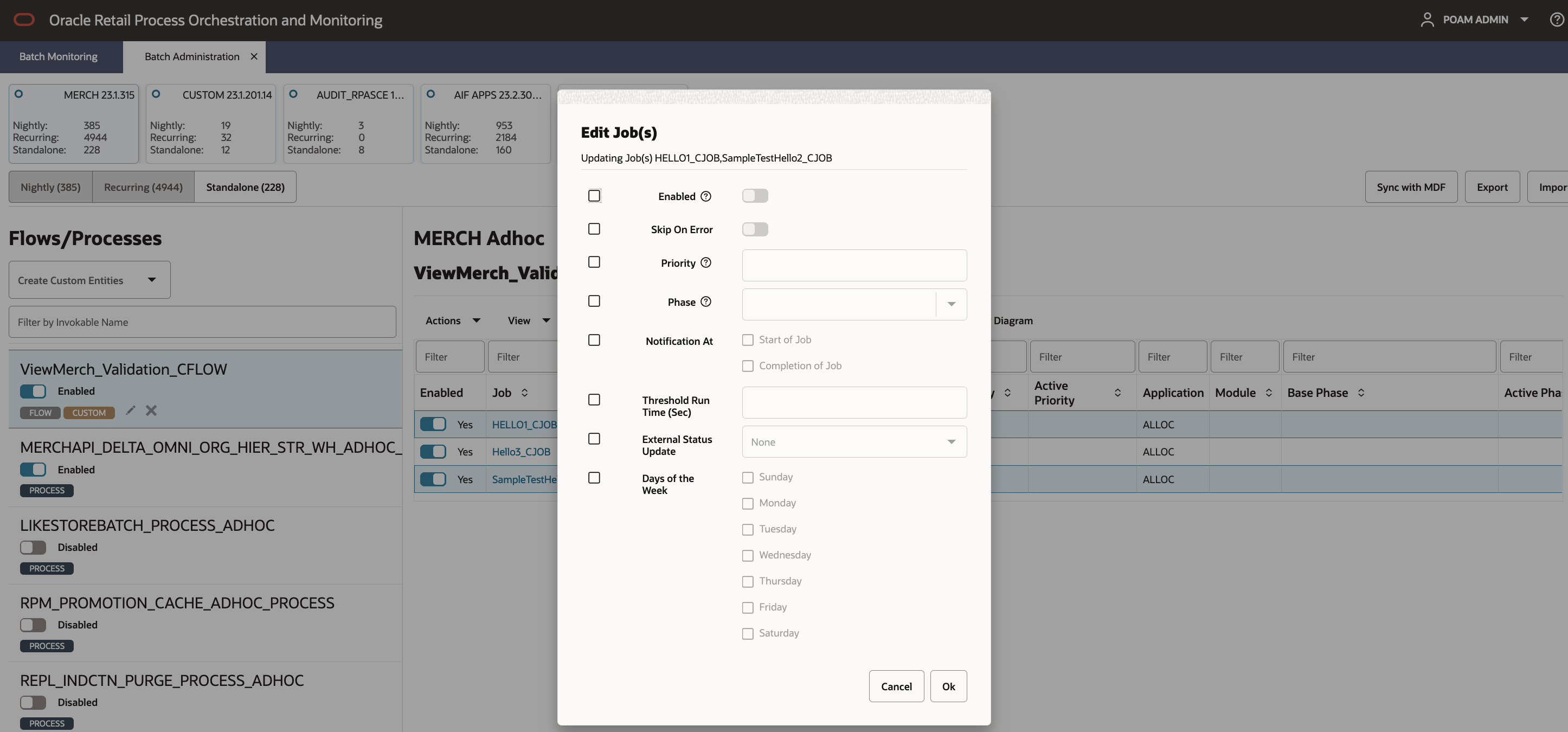1 Feature Summary
Process Orchestration and Monitoring 23.2.401.0 is a Critical Update.
This chapter describes the feature enhancements in this release.
Noteworthy Enhancements
This guide outlines the information you need to know about new or improved functionality in the Oracle Retail Process Orchestration and Monitoring Cloud Service update and describes any tasks you might need to perform for the update. Each section includes a brief description of the feature, the steps you need to take to enable or begin using the feature, any tips or considerations that you should keep in mind, and the resources available to help you.
Column Definitions
-
Feature: Provides a description of the feature being delivered.
-
Module Impacted: Identifies the module associated with the feature, if any.
-
Scale: Identifies the size of the feature. Options are:
-
Small: These UI or process-based features are typically comprised of minor field, validation, or program changes. Therefore, the potential impact to users is minimal.
-
Large: These UI or process-based features have more complex designs. Therefore, the potential impact to users is higher.
-
-
Delivered: Is the new feature available for use immediately after upgrade or must the feature be enabled or configured? If no, the feature is non-disruptive to end users and action is required (detailed steps below) to make the feature ready to use.
- Customer Action Required: You must take action before these features can be used. These features are delivered disabled and you choose if and when to enable them.
| Feature | Module Impacted | Scale | Delivered | Customer Action Required? |
|---|---|---|---|---|
|
Batch Administration |
Small |
Yes |
No |
|
|
Custom Configuration |
Small |
Yes |
Optional, if alternate IDCS is used. |
|
|
Batch Monitoring |
Small |
Yes |
No |
|
|
Batch Administration |
Small |
Yes |
No |
|
|
Integration |
Small |
Yes |
Optional, if customer desires |
|
|
User Roles |
Small |
Yes |
Yes for new environments, if deprecated roles are used. |
Diagrammatic Representation of Batch Flows
Users can see a visual representation of a schedule on the Batch Administration screen. They are able to see a flow diagram of the processes within a particular flow and their dependencies as links. This is applicable for Nightly, Recurring and Standalone cycles. The user can then click on a particular Process in the diagram to see the list of its jobs in the sequential order of execution.

Users can zoom in the flow diagram to get a larger view of the processes and their flow in the flow diagram. They are able to filter the flow diagram by Process Name and expand all the processes to get a view of their jobs.


Custom Jobs – Alternate IDCS Support
Users can direct POM to use an IDCS instance other than POM’s default IDCS instance. They are also able to enter credentials for that IDCS instance.

Batch Monitor – Better Logging – POM Log vs Job Log
In previous versions of POM, users were only able to see one log containing job and POM specific information. The log was difficult to browse because it contained a lot of information. In this version, POM separates job-specific log information into a Job log. The POM log is unchanged and still contains both job specific and POM specific log information. The default log that users see on all screens and as email attachments is the Job log. Users are also able to see both logs on the Batch Job Details screen of Batch Monitoring task. That is the only screen where the POM log is available.

Batch Administration Job Multi-Update Capability
Multiple rows can be selected for edit on the Jobs table of the Batch Administration screen. In the screenshot below, two rows are selected on the right side of the screen, then the edit icon is clicked. All changes made on the Edit Job(s) popup are applied to all selected jobs.

Bypass Proxy When Invoking Private Endpoints
By default, when retail applications (such as POM) contain features that call a retailer’s endpoints, these calls are routed through an Outbound Proxy. This means these calls are routed through the internet. To do so, each customer’s endpoint must be allow-listed by Oracle through an entitlement request and approval.
Customer endpoints are optionally invoked by POM in either of the following scenarios:
- Callbacks – Customer endpoints can be triggered automatically at the completion or failure of certain jobs.
- Custom Jobs - Customer endpoints can be used to start and complete custom jobs set up by that customer.
Rather than having these endpoints be public, customers can instead choose to set up their services as Private Endpoints and request Oracle to access these endpoints over a Private Access Gateway, thereby avoiding sending information through the Outbound Proxy. In this version, POM has made the necessary modifications to allow for such access, if so configured.
Removal of Deprecated Roles
For some time now, POM had deprecated two old roles: BATCH_MONITORING_JOB
and BATCH_BUSINESS_JOB. In this version, POM will no longer be seeding those
two roles into new environments. There is no action required by customers for existing
environments. However, for new environments, if the customer has thus far been assigning users
to these two roles, they must instead assign them to alternative roles. The customer may also
optionally remove the two roles in existing environments and reassign users to the alternative
roles. The table below shows which other, existing roles best match the two removed roles.
However, it is recommended that customers evaluate all five roles for best re-assignments.
| Old Role | Alternative Role |
|---|---|
| BATCH_MONITORING_JOB | BATCH_SCHEDULE_ADMINISTRATOR_JOB |
| BATCH_BUSINESS_JOB | BATCH_SCHEDULE_CONFIGURATION_MANAGER_JOB |